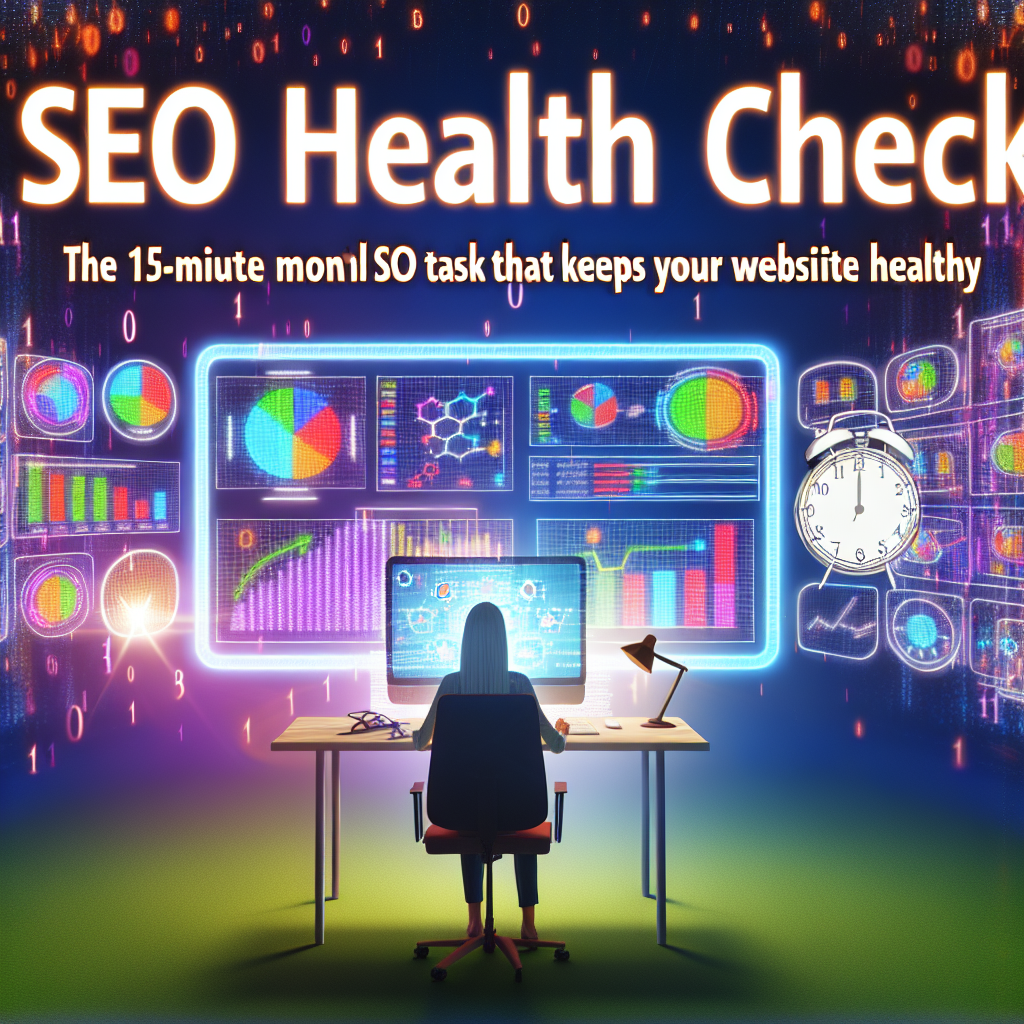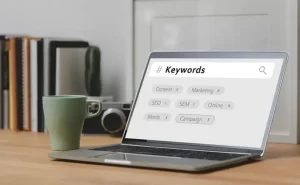Maximize Your Online Store’s Potential: A Step-by-Step SEO Guide for E-commerce Success
Introduction
Are you running an online store and wondering how to get more customers? You’re in the right place! This guide will walk you through some simple steps to improve your website’s visibility on search engines like Google. By following these tips, you can attract more visitors to your online store and increase your sales. Let’s dive in!
1. Make Your Product Pages Shine
Your product pages are like the display windows of your online store. Here’s how to make them attractive to both customers and search engines:
Use the Right Words
– Think about what words people might use when searching for your products.
– Include these words in your product titles and descriptions.
– For example, if you’re selling red sneakers, use phrases like “comfortable red sneakers” or “stylish red running shoes.”
Show Off Your Products with Great Pictures
– Take clear, high-quality photos of your products.
– Use different angles to show all the important features.
– Make sure your images aren’t too large, as this can slow down your website.
Write Awesome Product Descriptions
– Describe your products in detail. What are they made of? What problems do they solve?
– Make your descriptions easy to read. Use short paragraphs and bullet points.
– Include important details like size, color options, and care instructions.
Let Your Customers Speak
– Encourage happy customers to leave reviews.
– Respond to reviews, both positive and negative, in a friendly and helpful way.
– Good reviews not only help convince other customers but also make search engines like your pages more.
2. Organize Your Products Like a Pro
Imagine your online store as a physical shop. You want to make it easy for customers to find what they’re looking for, right? Here’s how to do that online:
Create Clear Categories
– Group similar products together.
– Use simple, clear names for your categories. For example, “Men’s Shoes,” “Women’s Dresses,” or “Kitchen Appliances.”
Use Subcategories When Needed
– If you have lots of products in one category, break it down further.
– For example, under “Men’s Shoes,” you might have subcategories like “Sneakers,” “Dress Shoes,” and “Sandals.”
Make Navigation Easy
– Create a menu that shows your main categories.
– Allow customers to easily switch between categories and subcategories.
3. Link Your Pages Together
Imagine your website as a city, and the links between pages as roads. The more roads you have, the easier it is for people (and search engines) to get around. Here’s how to build these roads:
Link from Your Homepage
– Make sure your main product categories are easily accessible from your homepage.
Connect Related Products
– On a product page, include links to similar or complementary products.
– For example, if someone is looking at a laptop, you might link to laptop bags or external monitors.
Use Your Blog
– If you have a blog, mention and link to relevant products in your posts.
– For example, in a post about summer fashion trends, link to the products you mention.
4. Make Your Site Mobile-Friendly
More and more people are shopping on their phones. Make sure your online store looks great and works well on mobile devices:
Use Responsive Design
– This means your website automatically adjusts to look good on any screen size.
Speed Up Your Mobile Site
– Make sure images and videos don’t slow down your mobile site.
– Consider using “lazy loading,” which only loads images as the user scrolls down.
Simplify Your Checkout Process
– Make it easy for mobile users to buy from you.
– Use large, easy-to-tap buttons.
– Don’t ask for too much information during checkout.
5. Get Local Customers (If You Have a Physical Store)
If you have a brick-and-mortar store as well as an online shop, you can use local SEO to attract nearby customers:
Claim Your Google My Business Listing
– This is like creating a profile for your business on Google.
– Include your address, phone number, and opening hours.
Encourage Local Reviews
– Ask happy customers to leave reviews on Google, Yelp, or other platforms.
– Respond to these reviews to show you care about customer feedback.
Mention Your Location
– Include your city and region in your website content where it makes sense.
– For example, “Best coffee shop in [Your City]” or “Serving [Your Region] since 2010.”
6. Focus on Making Customers Happy
At the end of the day, the best way to improve your search engine rankings is to create a website that people love to use:
Make Your Site Easy to Use
– Create clear menus and categories.
– Include a search function so people can easily find what they’re looking for.
Speed Up Your Website
– Nobody likes waiting for slow websites. Make sure your pages load quickly.
– Optimize your images and consider using a content delivery network (CDN).
Provide Great Customer Support
– Make it easy for customers to contact you if they have questions.
– Consider adding a live chat feature or a comprehensive FAQ section.
Create a Smooth Checkout Process
– The easier it is to buy from you, the more likely people are to complete their purchase.
– Offer guest checkout options and multiple payment methods.
Conclusion
Improving your e-commerce SEO doesn’t have to be complicated. By focusing on these key areas – product pages, site organization, internal linking, mobile-friendliness, local SEO (if applicable), and overall user experience – you can create an online store that both search engines and customers will love.
Remember, SEO is an ongoing process. Keep refining and improving your site based on what works best for your customers. With patience and persistence, you’ll see your online sales grow. Happy selling!













